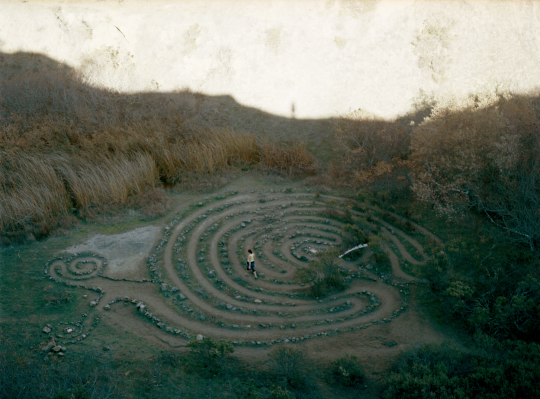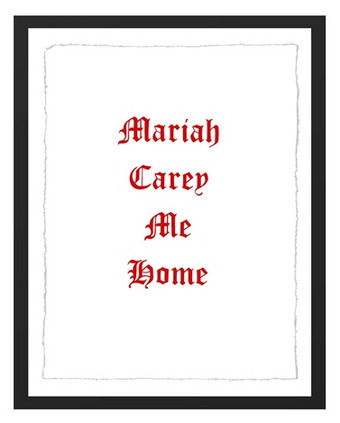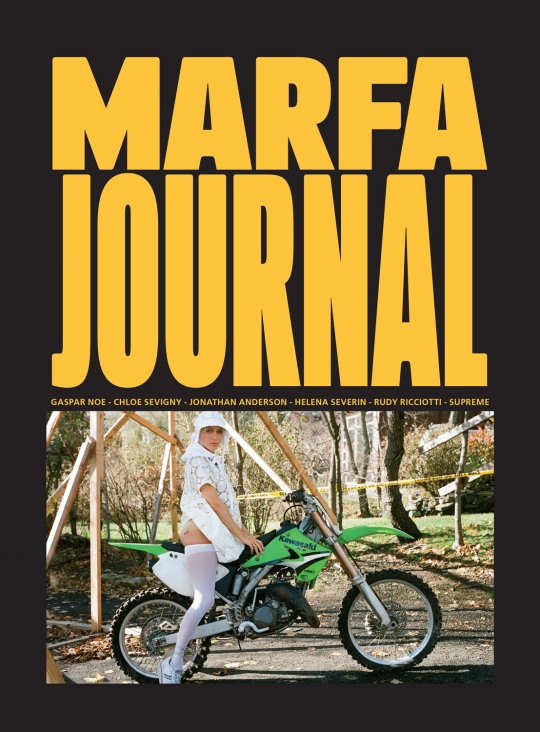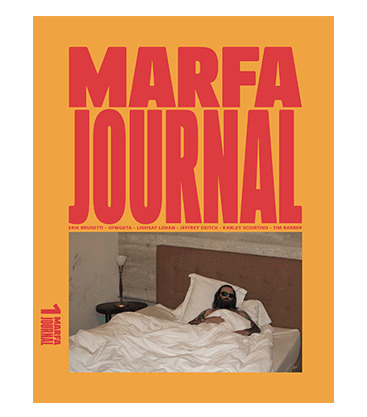Photo
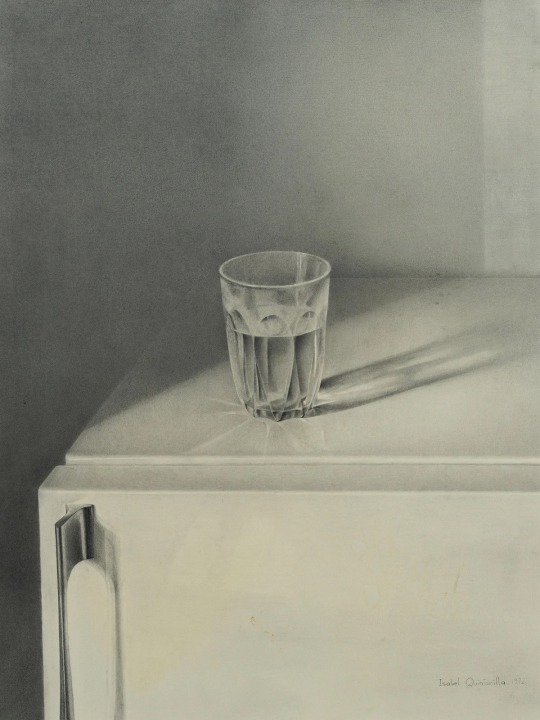
Isabel Quintanilla (Spanish, 1938-2017), Vaso encima le la nevera [Glass on top of the fridge], 1972. Pencil on paper, 48 x 36.5 cm.
4K notes
·
View notes
Photo

Emily Dickinson’s orginal manuscript of “Witchcraft was Hung, in History,”
Witchcraft was hung,
in History
But History
and I
Find all the
Witchcraft that
we need
Around us,
Every day –
1K notes
·
View notes
Photo

Mamma Andersson, “hung over” from the book Cry, 2009.
6 notes
·
View notes
Photo
Sad Girl Theory Changed My Life
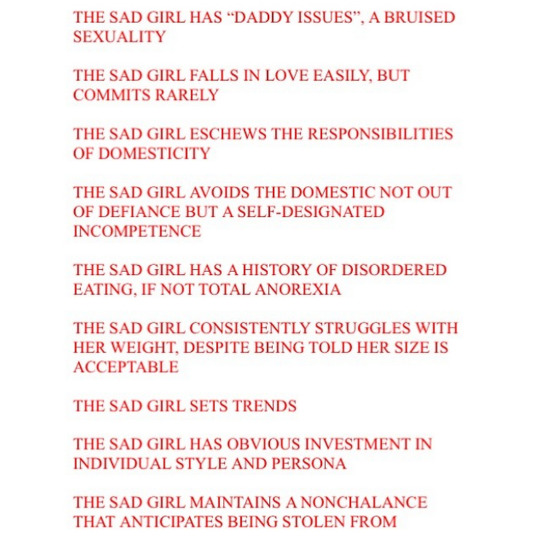
Audrey Wollen, Sad Girl Theory
15K notes
·
View notes
Photo

http://www.vogue.com/3241115/joan-didion-self-respect-essay-1961/
1 note
·
View note
Video
youtube
In the Fibonacci sequence of numbers, each number is the sum of the previous two numbers. Fibonacci began the sequence not with 0, 1, 1, 2, as modern mathematicians do but with 1,1, 2, etc. He carried the calculation up to the thirteenth place (fourteenth in modern counting), that is 233, though another manuscript carries it to the next place: 1, 1, 2, 3, 5, 8, 13, 21, 34, 55, 89, 144, 233, 377.[21][22] Fibonacci did not speak about the golden ratio as the limit of the ratio of consecutive numbers in this sequence.
Fibonacci sequences appear in biological settings, in two consecutive Fibonacci numbers, such as branching in trees, arrangement of leaves on a stem, the fruitlets of a pineapple,the flowering of artichoke, an uncurling fern and the arrangement of a pine cone, and the family tree of honeybees. However, numerous poorly substantiated claims of Fibonacci numbers or golden sections in nature are found in popular sources, e.g., relating to the breeding of rabbits in Fibonacci's own unrealistic example, the seeds on a sunflower, the spirals of shells, and the curve of waves.
Przemysław Prusinkiewicz advanced the idea that real instances can in part be understood as the expression of certain algebraic constraints on free groups, specifically as certain Lindenmayer grammars.
Illustration of Vogel's model for
n
=1 ... 500
A model for the pattern of florets in the head of a sunflower was proposed by H. Vogel in 1979. This has the form
where n is the index number of the floret and c is a constant scaling factor; the florets thus lie on Fermat's spiral. The divergence angle, approximately 137.51°, is the golden angle, dividing the circle in the golden ratio. Because this ratio is irrational, no floret has a neighbor at exactly the same angle from the center, so the florets pack efficiently. Because the rational approximations to the golden ratio are of the form F(j):F(j + 1), the nearest neighbors of floret number n are those at n ± F(j) for some index j, which depends on r, the distance from the center. It is often said that sunflowers and similar arrangements have 55 spirals in one direction and 89 in the other (or some other pair of adjacent Fibonacci numbers), but this is true only of one range of radii, typically the outermost and thus most conspicuous.
The bee ancestry code
Fibonacci numbers also appear in the pedigrees of idealized honeybees, according to the following rules:
If an egg is laid by an unmated female, it hatches a male or drone bee.
If, however, an egg was fertilized by a male, it hatches a female.
Thus, a male bee always has one parent, and a female bee has two.
If one traces the pedigree of any male bee (1 bee), he has 1 parent (1 bee), 2 grandparents, 3 great-grandparents, 5 great-great-grandparents, and so on. This sequence of numbers of parents is the Fibonacci sequence. The number of ancestors at each level, Fn, is the number of female ancestors, which is Fn−1, plus the number of male ancestors, which is Fn−2. This is under the unrealistic assumption that the ancestors at each level are otherwise unrelated.
1 note
·
View note
